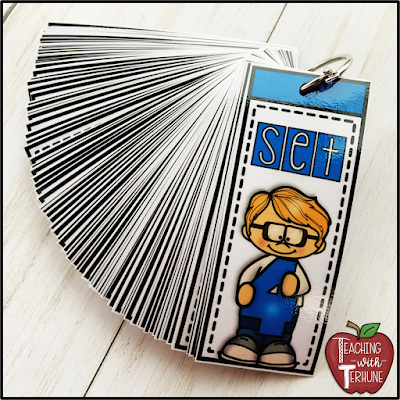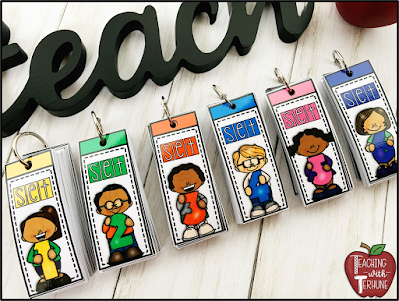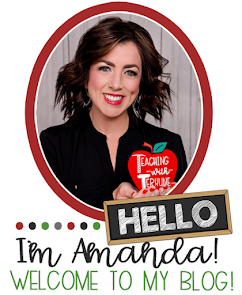What are Fry Sight Words?
In 1996, Dr. Edward Fry compiled a list of 1,000 “Instant Words.” These words, often referred to as the “Fry Sight Words,” are the most common words used in the English language. His list of words are arranged in the order of frequency in which they occur in printed material. They are also broken up into 10 groups. The first group contains the first 100 most common words, the second group contains the next 100 most common words and so on. Students who have mastered all 10 Fry lists will know 90% of all words they encounter in reading and writing.
It is recommended that:
The First 100 words be mastered by Grade 1.
The Second 100 words be mastered by Grade 2.
The Third 100 words be mastered by Grade 3.
The remaining lists be mastered in Fourth & Fifth Grades.
*Often kindergarten teachers will focus on the first 25 to 50 words.
Fry Words vs. Dolch Words
The Fry sight word lists are an expanded, updated list of sight words compared to the Dolch list of 220 sight words. The Dolch list of words was compiled by Edward Dolch in 1936 and has not been modified since.
Why are Sight Words Important?
Many of the sight words found on the Dolch and Fry lists do not follow the basic phonics principles, thus they cannot be “sounded out.” They are often also difficult to illustrate, so children can’t use illustrations in picture books to read these words. They are called “sight” words because the goal is for children to recognize these words instantly, at first sight.
Once children have learned and memorized these basic sight words, they read more fluently. They might also have:
MORE READING CONFIDENCE – since the first 100 sight words represent over 50% of text, a child who has mastered the list of sight words can already recognize at least half of a sentence. If a child begins to read a book and can already recognize half of the words, chances are they won’t feel discouraged.
BETTER READING COMPREHENSION – sight word mastery also helps promote good reading comprehension. Children will be able to concentrate more on what the text means instead of decoding the words.
Practicing Sight Words
Since sight words are a great way for students to begin building and improving their reading fluency I have many different sight word activities I like for my students to do. One of my literacy centers is dedicated to sight word practice. It might include a game, worksheet, or just these simple flash cards.
For example:
Yellow Set: 1st 100 Fry Words
There are so many different ways you can use these sight word sets in your classroom besides just at a literacy center…
- you can use them as whole group practice during bathroom breaks, when there is extra class time, etc.
- at guided reading groups
- as a partner practice activity
- in an early finisher tub
- with students that need one-on-one help and/or RTI Interventions
- these cards can also be easily sent home as homework or during the summer months for students to practice their sight words with.
- ....and so much more!
OR grab my Sight Word BUNDLE that includes both sets of flash cards by clicking HERE!
**********************************************************************************
I've had a lot of requests for color coded sight word flash cards for Fry word lists 700, 800, 900, and 1000. I've just added them to my TpT store!





















































